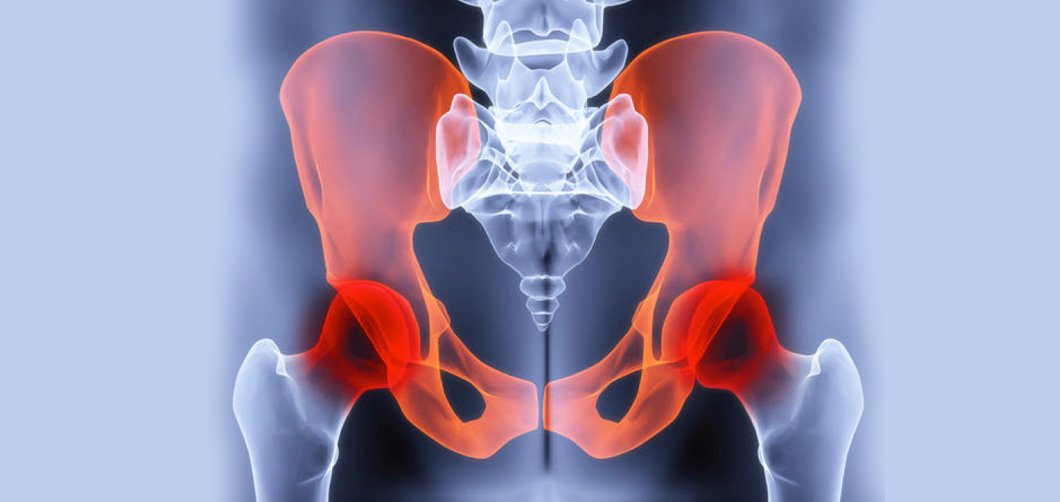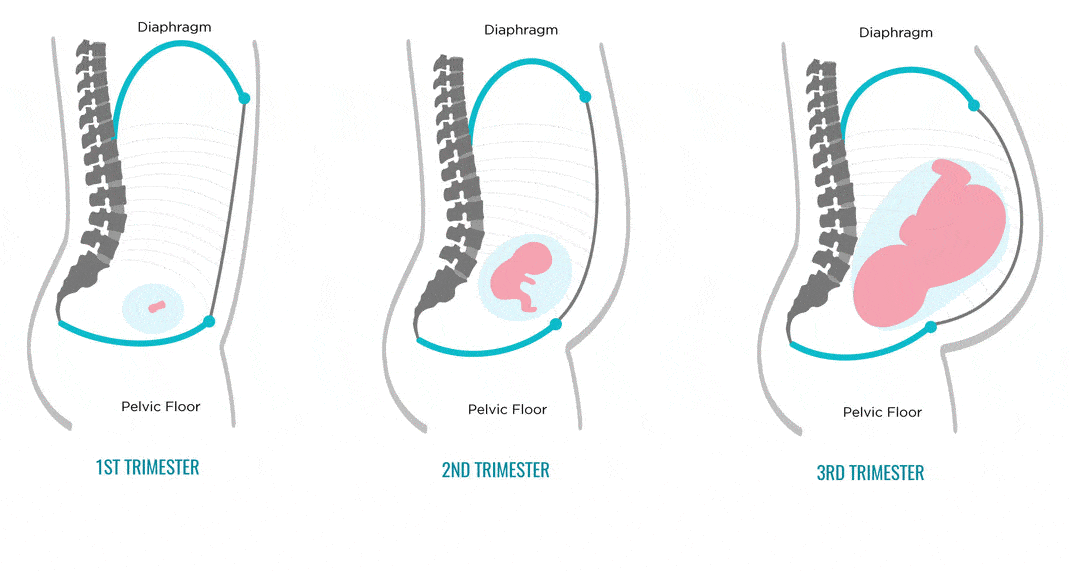Imagine this: you’re lifting a heavy grocery bag, and a sharp pain shoots through your lower back. Or perhaps you’re experiencing persistent, dull aches that seem to worsen after a long day on your feet. You might be experiencing back pain – and while there are many potential causes, a weak pelvic floor could be a contributing factor you haven’t considered.

Image: azneuromod.com
It may seem surprising, but the muscles in your pelvic floor, which support your bladder, bowels, and uterus, play a crucial role in maintaining proper spinal alignment and stability. When these muscles weaken, it can have a ripple effect on your entire body, leading to discomfort in unexpected places, including your back.
Understanding the Pelvic Floor and Its Connection to Back Pain
The pelvic floor is a group of muscles that form a hammock-like structure at the base of your pelvis. These muscles are responsible for a variety of essential functions, including:
- Supporting your bladder, bowels, and uterus
- Controlling urination and bowel movements
- Maintaining sexual function
- Stabilizing your spine
When your pelvic floor muscles are weak, they can struggle to properly support your organs and your spine. This can lead to a number of symptoms, including:
- Lower back pain
- Hip pain
- Pelvic pain
- Urinary incontinence
- Fecal incontinence
- Difficulty with sexual function
How a Weak Pelvic Floor Contributes to Back Pain
The connection between a weak pelvic floor and back pain stems from the intricate relationship between your muscles and your spine. When your pelvic floor muscles are weak, they can’t effectively support your spine. This can lead to increased strain on the lower back muscles, resulting in pain.
Think of your pelvic floor as the foundation of your spine. Just like a house built on a weak foundation, your spine can become unstable and prone to pain if your pelvic floor isn’t strong enough. A weakened pelvic floor can also affect the alignment of your spine, putting additional stress on your lower back.
Who is Susceptible to a Weak Pelvic Floor?
While anyone can experience a weak pelvic floor, certain factors increase your risk:
- Pregnancy and childbirth: The physical changes associated with pregnancy and childbirth can weaken pelvic floor muscles.
- Aging: As we age, our muscles tend to lose strength and elasticity, including those in the pelvic floor.
- Obesity: Excess weight puts extra strain on the pelvic floor muscles.
- Chronic constipation: Straining during bowel movements can weaken the pelvic floor.
- Surgeries in the pelvic area: Certain surgeries, such as hysterectomy, can damage pelvic floor muscles.
- Chronic coughing: Chronic conditions like asthma or COPD can lead to strain on the pelvic floor.
- Sedentary lifestyle: Lack of exercise can contribute to weak pelvic floor muscles.

Image: www.balance365.com
Latest Trends and Developments: Focusing on Pelvic Floor Health
Awareness about the importance of pelvic floor health is growing rapidly. New research is emerging that sheds light on the profound impact of a weak pelvic floor on overall health and well-being, including its connection to back pain. Additionally, more healthcare professionals are recognizing the importance of incorporating pelvic floor assessments and exercises into their practice.
Social media platforms are also playing a vital role in spreading awareness. Online communities and forums are providing a space for individuals to share their experiences, seek support, and find resources related to pelvic floor health. This growing online presence is helping to demystify the topic and encourage more people to address potential issues proactively.
Tips and Expert Advice for Strengthening Your Pelvic Floor
Strengthening your pelvic floor can potentially alleviate back pain and improve your overall health. Here are some expert-recommended tips:
- Kegel Exercises: These exercises are the cornerstone of pelvic floor strengthening. You can learn how to correctly perform Kegels by consulting with a physical therapist or healthcare professional.
- Biofeedback: Biofeedback therapy uses sensors to help you understand the way your pelvic floor muscles are contracting and relaxing. This can guide you in achieving proper muscle control.
- Pelvic Floor Strengthening Devices: There are various devices available, such as vaginal weights or probes, that can assist in strengthening pelvic floor muscles.
- Yoga and Pilates: Certain poses in yoga and Pilates help to strengthen your pelvic floor and improve core stability.
- Maintain a Healthy Weight: Carrying extra weight places unnecessary strain on your pelvic floor muscles.
- Avoid Straining During Bowel Movements: Constipation can contribute to pelvic floor weakness. Eat a high-fiber diet, stay hydrated, and address constipation as needed.
- Consult a Healthcare Professional: If you have persistent back pain that you suspect may be related to a weak pelvic floor, seek advice from a healthcare professional.
Remember, the key to success is consistency. Make time for even a short session of pelvic floor exercises each day. Don’t hesitate to seek help from a qualified healthcare professional who can provide tailored advice and support.
Pelvic Floor and Back Pain FAQs
Q: What are the symptoms of a weak pelvic floor?
A: Besides lower back pain, symptoms of a weak pelvic floor include urinary incontinence, fecal incontinence, difficulty with sexual function, pelvic pain, and hip pain. These symptoms can vary in severity and may not always be present.
Q: How is a weak pelvic floor diagnosed?
A: Your healthcare provider will ask about your symptoms and medical history. They may also perform a physical exam, including an assessment of your pelvic floor muscles. Additional tests, such as a pelvic floor ultrasound, may be recommended.
Q: Can a weak pelvic floor cause back pain that radiates down the leg?
A: While back pain caused by a weak pelvic floor is more common in the lower back, it’s possible for pain to radiate down the leg. If you’re experiencing pain that travels down your leg, it’s essential to consult with a healthcare professional for proper evaluation.
Q: Can pelvic floor exercises really help with back pain?
A: Research suggests that strengthening your pelvic floor muscles can potentially help relieve lower back pain by improving spinal stability and reducing muscle strain. However, it’s important to consult with a healthcare professional to determine if pelvic floor exercises are appropriate for you.
Q: What are some additional things I can do for back pain associated with a weak pelvic floor?
A: Along with pelvic floor exercises, other helpful strategies include maintaining a healthy weight, practicing good posture, engaging in gentle exercises like swimming or walking, and avoiding activities that worsen your pain.
Can A Weak Pelvic Floor Cause Back Pain
Conclusion
Understanding the relationship between a weak pelvic floor and back pain can empower you to take proactive steps towards improving your health and well-being. If you are experiencing lower back pain and are concerned about a possible link to your pelvic floor, don’t hesitate to consult with a healthcare professional. Exploring the potential connection between your pelvic floor and your back pain can lead to a more comprehensive understanding of your condition and a personalized approach to pain management.
Do you have any experience with weak pelvic floor or back pain? Tell us in the comments below!






